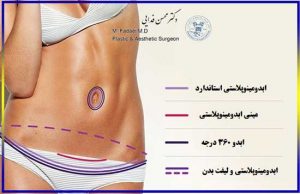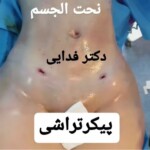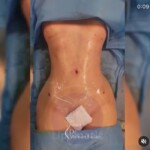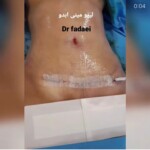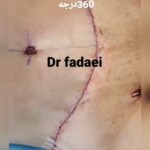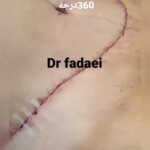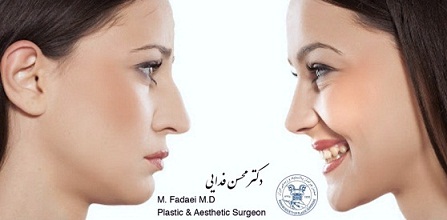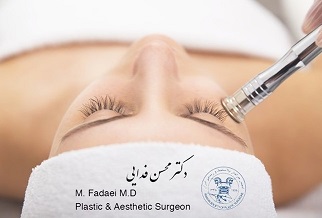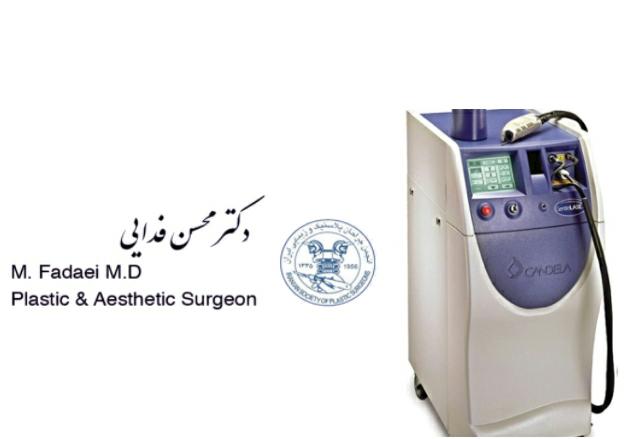Types of abdominoplasty procedures
Some people go to a plastic surgeon with complaints of excess fat or sagging skin in the abdomen and flanks. Pregnancy, genetics and weight gain / weight loss can cause extra skin, stretch marks and sagging or loose abdominal muscles, which are resistant to diet and exercise. Many of these patients have tried many diet and exercise programs but have not yet been able to achieve the desired results. Abdominoplasty or Tommy Tuck surgery is a method that can correct these defects and restore patients’ confidence. It is logical that there are many ambiguities and questions for patients before deciding on abdominoplasty surgery. In addition to questions about the techniques and improvements associated with this surgical procedure, an accurate cost estimate is also important.
Abdominal surgery or abdominoplasty will bring you back to youth. Extra skin and muscles lift and tighten your abdomen to make your body look more beautiful. Fat areas in the abdomen, back or sides and thighs can be removed simultaneously with liposuction.
Umbilicoplasty (Belly Button or Navel Surgery)
Typically, umbilicoplasty, or belly button /navel surgery is part of tummy tuck surgery or abdominoplasty. umbilicoplasty correction is often associated with other cosmetic surgeries such as abdominoplasty or lipomatics.
During umbilicoplasty surgery or ambilicoplasty, the Belly Button is reshaped to look more natural aesthetically. The skin and the symptoms of excess stretching often go away, and rectal diastasis is corrected by repairing the muscles in the back of the umbilicus.
During your initial consultation, Dr. fadaei will work closely with you to understand your goals for surgery, and together you’ll develop the personalized surgical plan that will best deliver your desired outcome. A tummy tuck is not weight loss surgery. It’s about body contouring so the ideal candidates for a tummy tuck are those patients who are of normal weight with an active, healthy lifestyle, but who have excess skin and/or stubborn areas of fat.
One of the biggest deterrents for many women who want a flat stomach is a surgical scar. We’ve all seen pictures of a lot of scars left after surgery after abdominal surgery. The scar length of any surgery depends entirely on the amount of extra tissue that needs to be removed. Therefore, patients with only a small amount of extra skin may be candidates for mini-abdominoplasty surgery with a small scar. Other patients with weak, sagging, and excess skin that extends around the buttocks may need surgery with longer incisions and scars to achieve the desired results. All these options are discussed in detail in the initial consultation with Dr. Mohsen Fadaei, a specialist in plastic surgery. For each patient, Dr. Fadaei uses advanced skills as a plastic surgeon to achieve the best results. Dr. Fadaei also provides patients with treatment strategies to improve the surgical scar.
Different Types of Abdominoplasty
- Traditional (Standard) Abdominoplasty
Most tummy tucks fall into the category of a traditional abdominoplasty. This procedure removes excess skin and fat from the abdomen, sutures the muscles of the abdominal wall back together in the midline, removes stretch marks that lie between the belly button or navel (umbilicus) and the pubic region, and addresses the entire abdominal wall from the xiphoid process below the sternum to the pubic bone. Abdominal skin is pulled downward and all excess skin and fat is removed. A small opening is made to bring the belly button through, allowing for smooth redraping of the abdominal skin downwards. Standard abdominoplasty is the gold standard for abdominal body contouring and achieves all the goals of a tummy tuck.
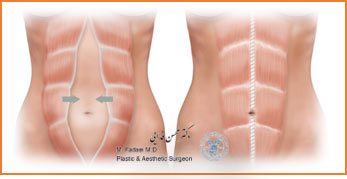
- Mini-Abdominoplasty
A “mini-abdominoplasty” refers to a procedure that removes only a limited amount of abdominal skin in the lower area only. The navel is not relocated, and upper abdominal skin, fat or bulge are not addressed. The lower abdominal scar is typically the same or slightly shorter than a standard abdominoplasty. Most women seeking rejuvenation of their tummies after pregnancy require the traditional tummy tuck procedure to address recontouring of the entire abdominal wall and to ensure the best aesthetic results.
- 360 degree (360°) abdominoplasty
As the name suggests, this procedure involves an incision that extends beyond that of a standard tummy tuck. Through this incision extends around the hips to the lower back, can tighten the skin of the tummy, flanks, and lower back.
- Male abdominoplasty
The tummy tuck procedure is performed with the patient under general anesthesia. An incision is made along the lower abdomen. The length of the incision will depend on the extent of correction needed. If necessary, an additional incision may be made around the navel. The abdominal muscles are pulled tight and sutured into place. Tightening the muscles helps create better abdominal definition. The skin is redraped to reveal the new muscle contour, and excess skin is trimmed away. Eliminating unwanted skin creates a flatter, toned abdominal area. The incisions are closed using a combination of sutures and adhesive bandages.
Advantages of abdominoplasty:
- Eliminates loose and excess skin
- Tightens loose and weak abdominal muscles
- Creates an abdominal contour
- Improves the symptoms of stretch marks
- Restore confidence
Before abdominoplasty surgery
As with any major surgery, all medications and supplements which cause an increased risk of bleeding should be stopped 2 weeks prior to surgery. Please see our list of medications and supplements to avoid. As always, make sure to check with your doctor before stopping any medications.
AFTER abdominoplasty or TUMMY TUCK
After surgery, you will be wearing an abdominal tummy tuck belt or compression garment that will need to be worn 24/7 for about 6-8 weeks. You may also have two drainage tubes in place to remove any fluid from beneath your incisions. Dr. fadaei, does perform drain-less tummy tuck surgery in select patients. Whether or not you are a candidate for a no drain tummy tuck can be discussed during your initial consultation.
RECOVERY AFTER Abdominoplasty
You can expect moderate swelling and bruising throughout your abdomen and in any areas where lipomatic was performed. Wearing your compression garment will help reduce the swelling. A significant portion of the swelling usually subsides within the first 1-2 weeks after surgery, but it may take 3-6 months for your swelling to go away completely. Immediately after surgery, you will notice that some areas above your incision line are numb with decreased sensation. This is normal anesthesia, it reduces your sensation by reducing swelling and healing the nerves from surgical stress.
For a few weeks to a few months after surgery, it is normal to feel tightness, cramping, and swelling throughout the abdomen. This gradually improves over time. You should avoid any strenuous activity for the first 2 weeks after surgery. If you have a cookie at home that needs care, you should have someone to help and do heavy work.
Four inquiries to ask before you consider body contouring
